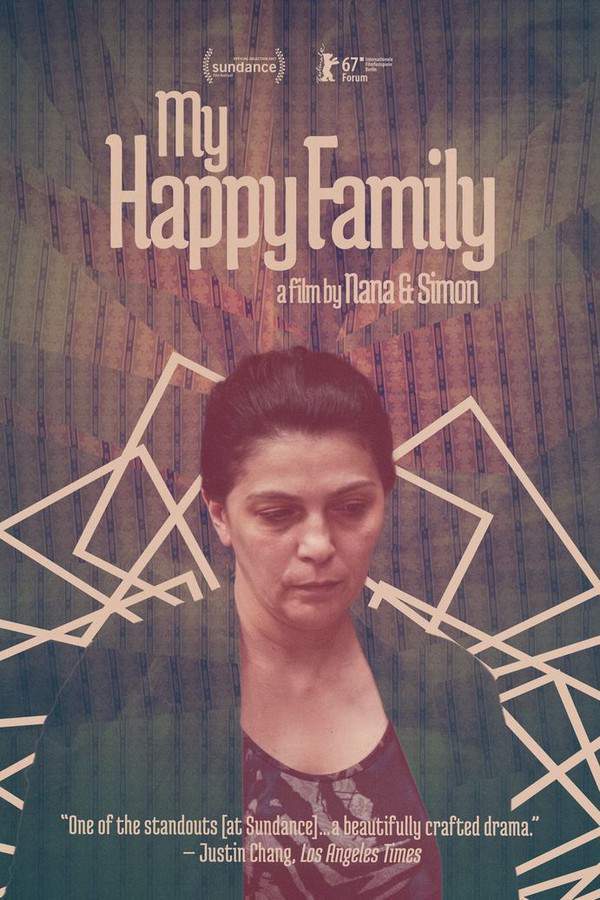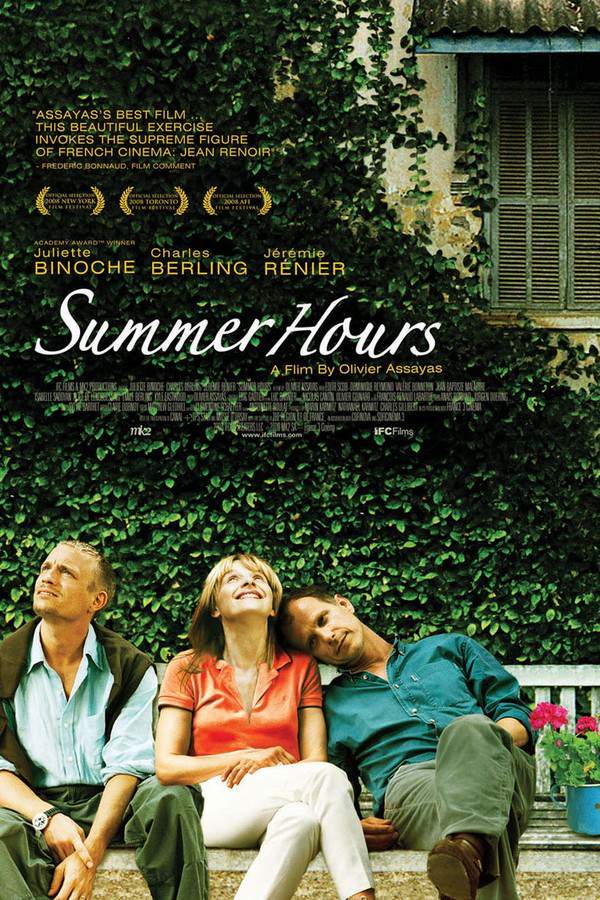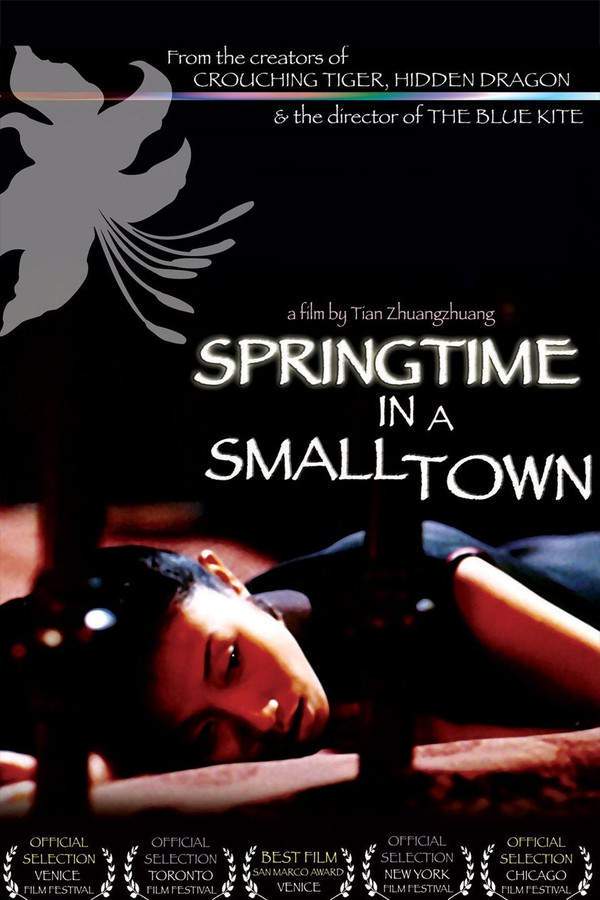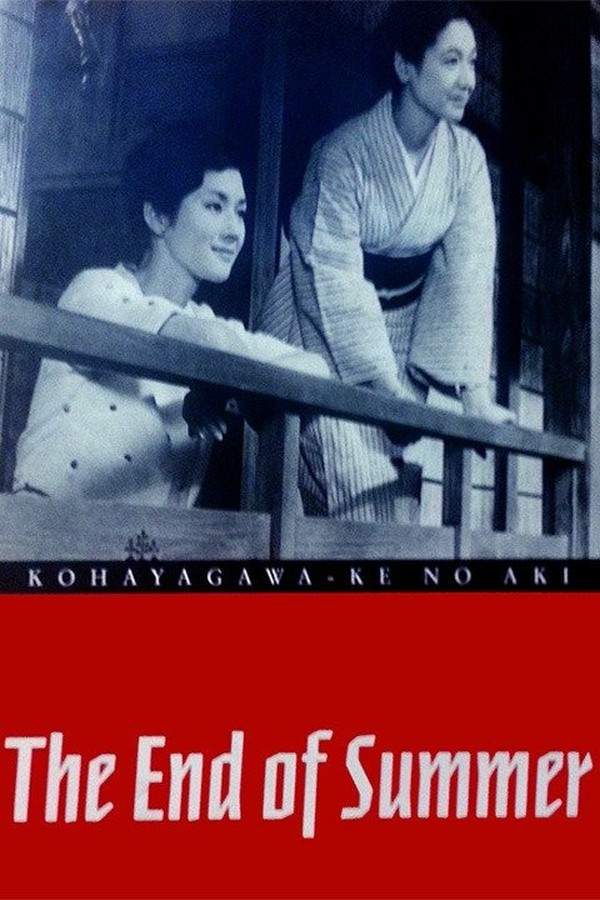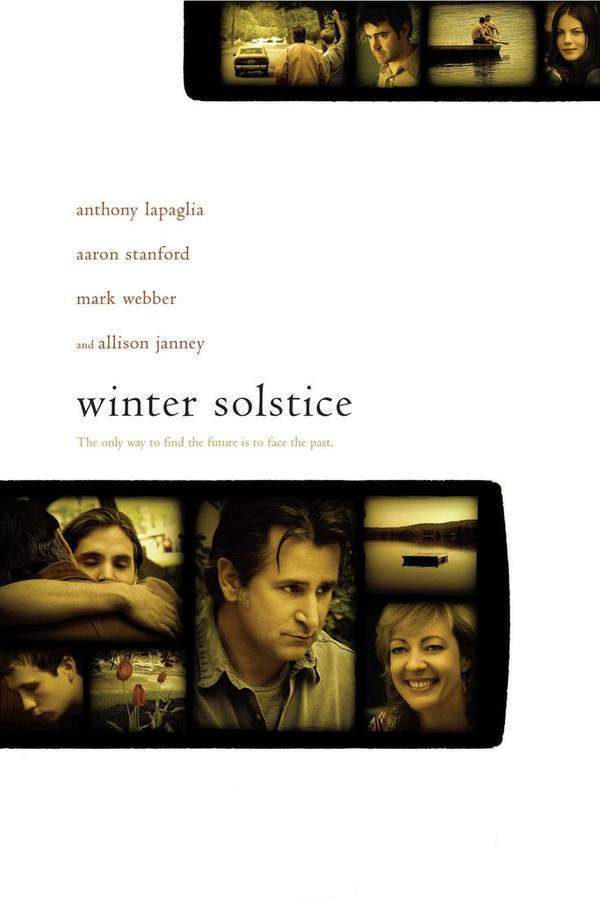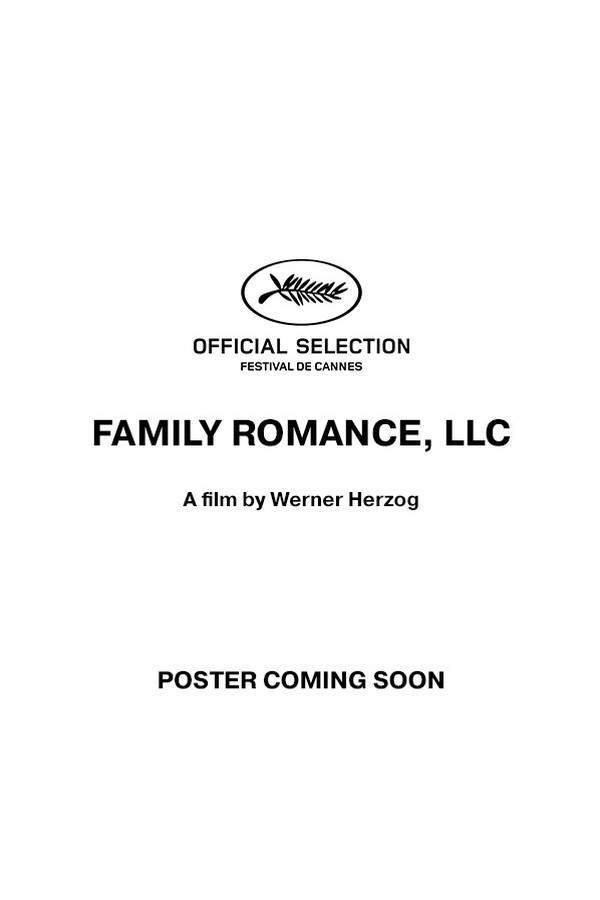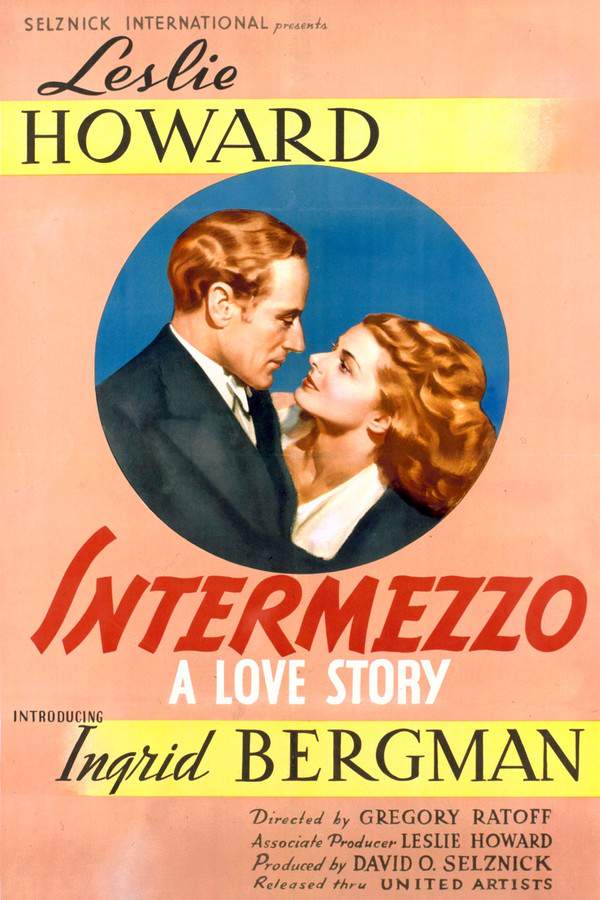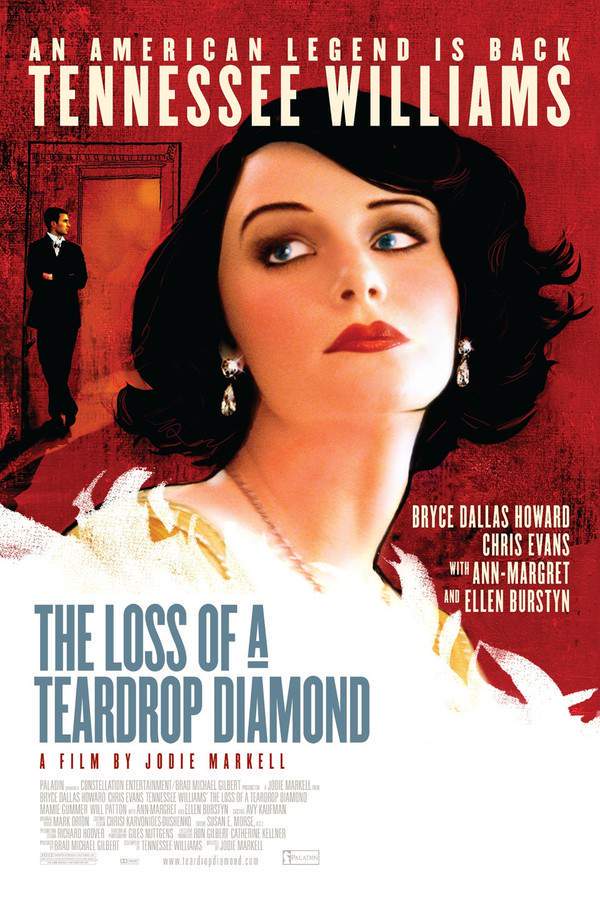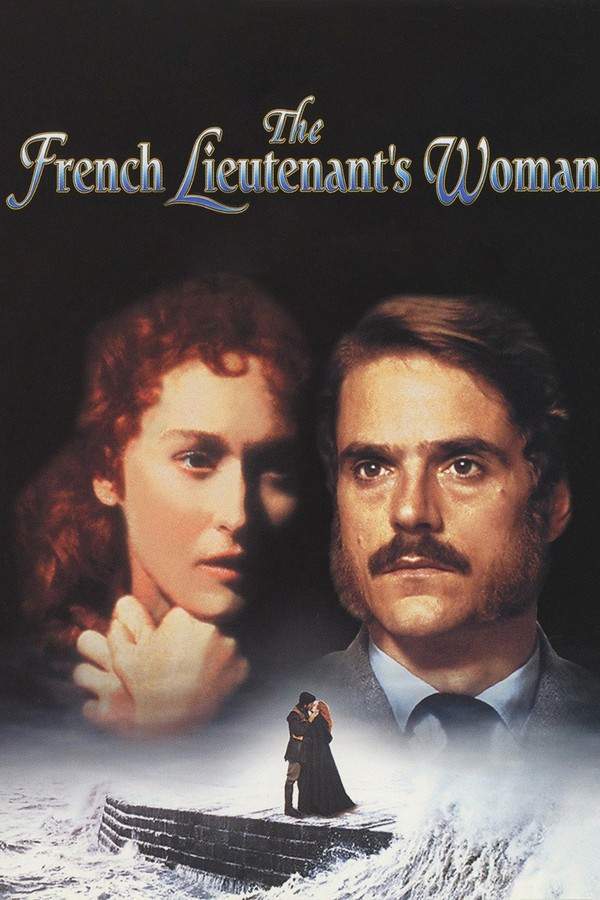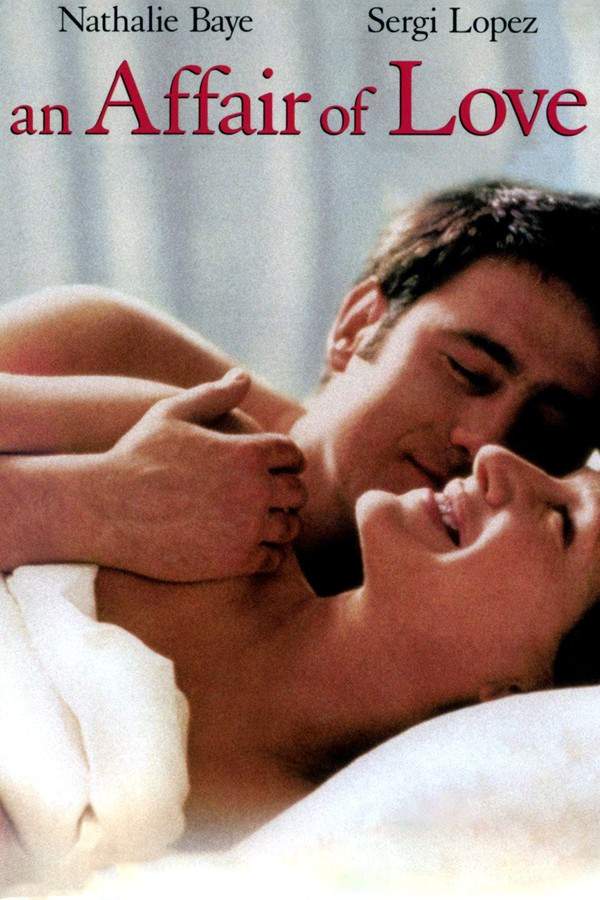
The End of Summer
Year: 2013
Runtime: 114 mins
Language: Japanese
Director: Kazuyoshi Kumakiri
Set in the 1950s and early 1960s, the story explores a complex love triangle. Tomoko is a mistress to the married and unrecognized writer, Shingo. Feeling trapped and unfulfilled, she begins a relationship with the younger Ryota Kinoshita, seeking a new kind of satisfaction. The narrative follows Tomoko as she navigates these intertwined relationships and searches for happiness in a restrictive era.
Warning: spoilers below!
Haven’t seen The End of Summer yet? This summary contains major spoilers. Bookmark the page, watch the movie, and come back for the full breakdown. If you're ready, scroll on and relive the story!
Timeline & Setting – The End of Summer (2013)
Explore the full timeline and setting of The End of Summer (2013). Follow every major event in chronological order and see how the environment shapes the story, characters, and dramatic tension.
Last Updated: October 03, 2025 at 06:40
Main Characters – The End of Summer (2013)
Meet the key characters of The End of Summer (2013), with detailed profiles, motivations, and roles in the plot. Understand their emotional journeys and what they reveal about the film’s deeper themes.
Last Updated: October 03, 2025 at 06:40
Major Themes – The End of Summer (2013)
Explore the central themes of The End of Summer (2013), from psychological, social, and emotional dimensions to philosophical messages. Understand what the film is really saying beneath the surface.
Last Updated: October 03, 2025 at 06:40
Explore Movie Threads
Discover curated groups of movies connected by mood, themes, and story style. Browse collections built around emotion, atmosphere, and narrative focus to easily find films that match what you feel like watching right now.
Quiet family dramas of unspoken longings like The End of Summer
Stories where family tensions simmer beneath a quiet, reflective surface.If you liked the restrained emotional tension and complex family dynamics of The End of Summer, explore more movies like it. This collection features similar drama and romance stories where generational change and hidden desires create a melancholic, reflective mood.
Narrative Summary
The narrative pattern follows a family unit, often traditional, facing internal and external pressures. The story unfolds through character interactions rather than major plot events, revealing secrets, unfulfilled dreams, and the emotional cost of maintaining appearances.
Why These Movies?
Movies are grouped here for their shared focus on domestic life as a source of quiet drama, their melancholic tone, and their slow, careful pacing that allows emotional weight to accumulate from relational dynamics rather than overt action.
Bittersweet period romance dramas like The End of Summer
Romantic stories set in the past, tinged with melancholy and complex emotions.Viewers who enjoyed the romantic complexity and 1950s/60s setting of The End of Summer will find similar movies here. Discover other drama and romance films featuring love triangles, societal constraints, and a melancholic, bittersweet emotional journey.
Narrative Summary
The narrative follows a romantic relationship—often unconventional or constrained—within a well-defined historical period. The setting influences the characters' choices, leading to a journey of desire, compromise, and ultimately, a conclusion that acknowledges both loss and the enduring impact of love.
Why These Movies?
This thread connects movies through their shared elements of period setting, complex romantic entanglements like love triangles, a consistently melancholic mood, and emotionally resonant conclusions that are bittersweet, reflecting the sacrifices made for love.
Unlock the Full Story of The End of Summer
Don't stop at just watching — explore The End of Summer in full detail. From the complete plot summary and scene-by-scene timeline to character breakdowns, thematic analysis, and a deep dive into the ending — every page helps you truly understand what The End of Summer is all about. Plus, discover what's next after the movie.
The End of Summer Summary
Read a complete plot summary of The End of Summer, including all key story points, character arcs, and turning points. This in-depth recap is ideal for understanding the narrative structure or reviewing what happened in the movie.

The End of Summer Timeline
Track the full timeline of The End of Summer with every major event arranged chronologically. Perfect for decoding non-linear storytelling, flashbacks, or parallel narratives with a clear scene-by-scene breakdown.

The End of Summer Spoiler-Free Summary
Get a quick, spoiler-free overview of The End of Summer that covers the main plot points and key details without revealing any major twists or spoilers. Perfect for those who want to know what to expect before diving in.

More About The End of Summer
Visit What's After the Movie to explore more about The End of Summer: box office results, cast and crew info, production details, post-credit scenes, and external links — all in one place for movie fans and researchers.


